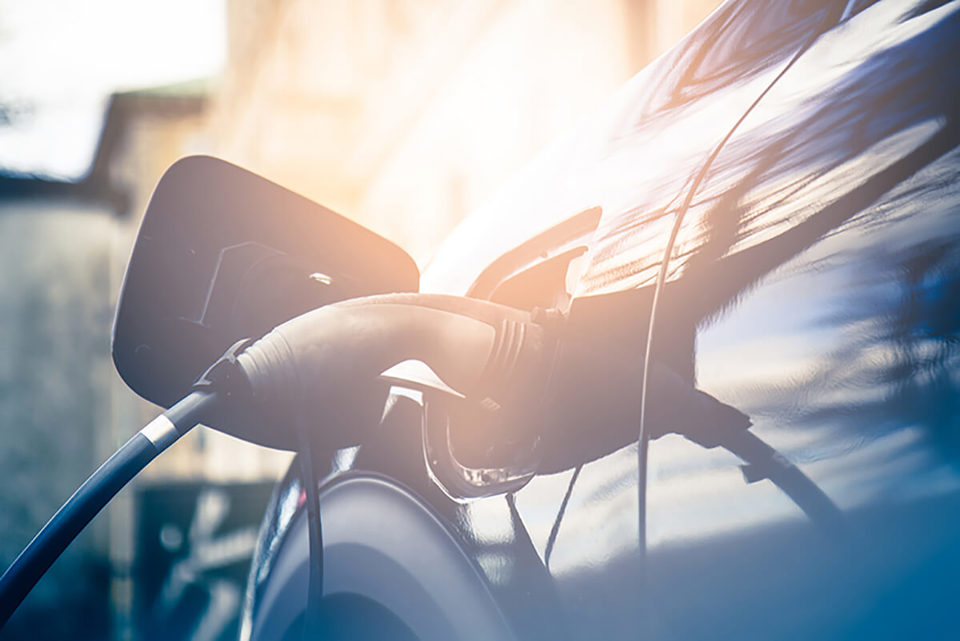Charge point provider Pod Point has said that traditional time of use tariffs that provide cheap off-peak energy during the night, 'like Economy 7', are a 'crude tool'.
Pod Point told Fleet News, that while time of use tariffs which target periods of low demand overnight work, the cost of generation has always been more variable and that “this variability is increasing markedly with the proliferation of renewables”.
James McKemey, head of insights at Pod Point, said: “As more renewable energy comes online, there will now be a new variable - high and low supply. With renewable energy like wind and solar proving to be very inexpensive and extremely low carbon, we want to move consumption to match these periods, wherever possible.
“Adaptive pricing tariffs that relay a more accurate picture of the cost of electricity are now available. With increasing regularity, price will go negative - particularly in the somewhat artificial low-demand environment of lockdown. Customers are being paid to consume electricity.
“This reflects the need for the electricity system to find a home for generation that would otherwise need to be constrained.”
It has been suggested that smart EV charging could have saved the National Grid up to £133 million during the lockdown period.
During lockdown, abundant renewable generation and record low energy demand have created balancing challenges for the national electricity system operator.
However, in order to benefit from adaptive pricing tariffs, consumers need to have a high degree of flexibility, as figures from Pod Point show that EVs are only charging for 25% of the time they are plugged into home charge points and EVs are plugged in on average every third day, which offers a “uniquely good opportunity to move around when this high-draw (7kW) activity takes place”.
According to a new study by Uswitch, the average EV driver spends £310 per year on electricity to charge it at home.
It also calculated the cost of charging an EV in different countries around the world, based on the average price and mileage in those territories.
McKemey said: “Despite the savings from time of use tariffs, our data indicates that it’s the minority of drivers taking advantage and charging outside of the early evening peak period. While consumers now have more reason to be engaged, there seems to be a significant cohort happy to just plug in and pay their standard tariffs.
“While adaptive pricing undoubtedly incentivises a good number of customers to move their consumption, we remain concerned about clusters of disengaged customers from a grid protection perspective.”
According to research, 'Sustainable Electric Vehicle Charging using Adaptive Pricing' by Professor Wolf Ketter at the University of Cologne, adaptive pricing is needed to ensure grid stability as demand for EVs increases.
Ketter says that grid operators and energy providers can use adaptive pricing to influence EV charging demand, preventing any instability in the grid.
Professor Wolf Ketter at the University of Cologne said: “The pricing scheme will distribute part of peak demand by making it more cost-effective to charge their car in non-peak times.
“This will distribute demand in order to alleviate the grid infrastructure and ensure reliable operation.”
However, adaptive pricing may prove more challenging in the public network, says McKemey. He explained: “Adaptive pricing has worked well in Amsterdam where nearly all charging takes place on the street as off-street parking is rare, meaning it takes a similar role to home/work charging.
“In the UK the situation is reversed on average. Public charging is considered an ‘on demand’ resource and a smaller proportion of charging is done here.
“It is in the home/work environments, where most energy flows into car batteries, that adaptive pricing is likely to be more effective.”
Pod Point says it supports measures to make home charge points "charge smartly by default", with the option of manual override for customers who need to charge immediately. This proposal formed part of the recent Electric Vehicle Energy Taskforce report.
In May, Pod Point announced it was expanding the number of Homecharge and Commercial customer for whom it can install, by adopting a case-specific approach to installations.
The National Grid Electricity System Operator says it is confident the grid will be able to cope with the increased demand for electricity driven by more EVs, because it is confident in the rise of smart charging.
A National Grid Electricity Operator spokesperson said: “Smart charging and vehicle to grid technology means we can use renewable energy more efficiently, charging when the sun shines or the wind blows and potentially discharging back to the grid at times of peak demand.
“With an estimated 35 million electric vehicles on the roads by 2050 or sooner, we have a fantastic opportunity for the transport and electricity sectors to work together to deliver a low carbon transition that benefits all electricity.”
Bosch recently launched a new mobile app that gives EV drivers access to more than 150,000 charging points across Europe, by allowing users to find and pay for charging with a clear breakdown of costs.
Elmar Pritsch, the president of the Connected Mobility Solutions division of Robert Bosch GmbH, said: "With our recharging services, we are developing a universal key to one of the biggest pan-European recharging networks. In doing so, we are making electromobility even more viable."





















Login to comment
Comments
No comments have been made yet.